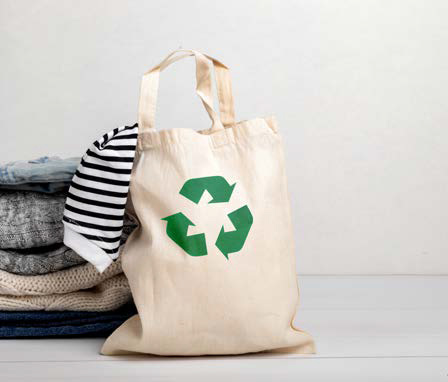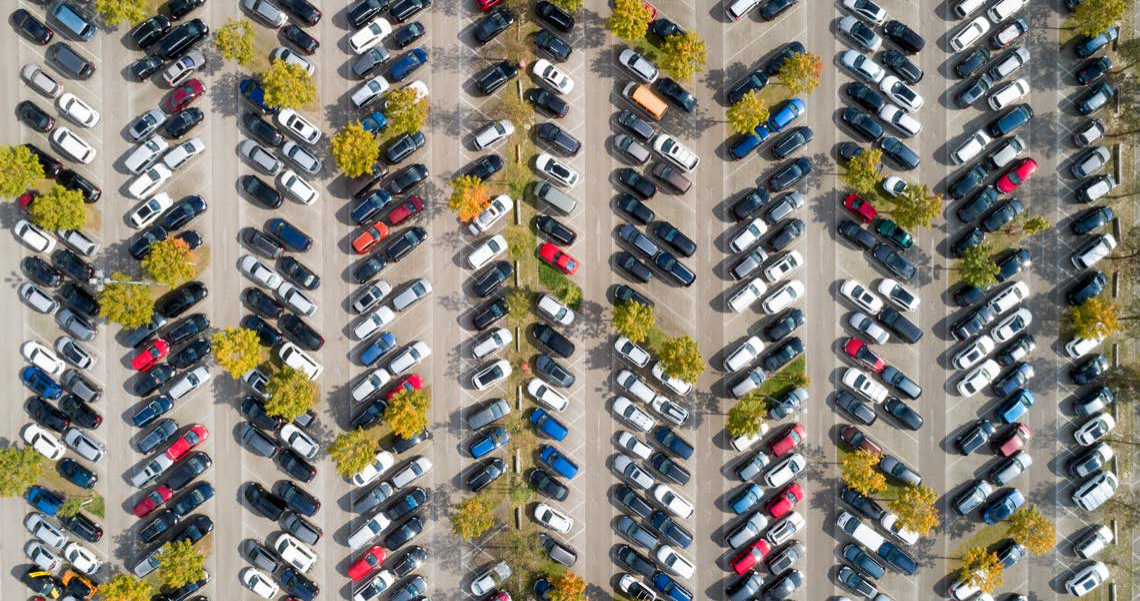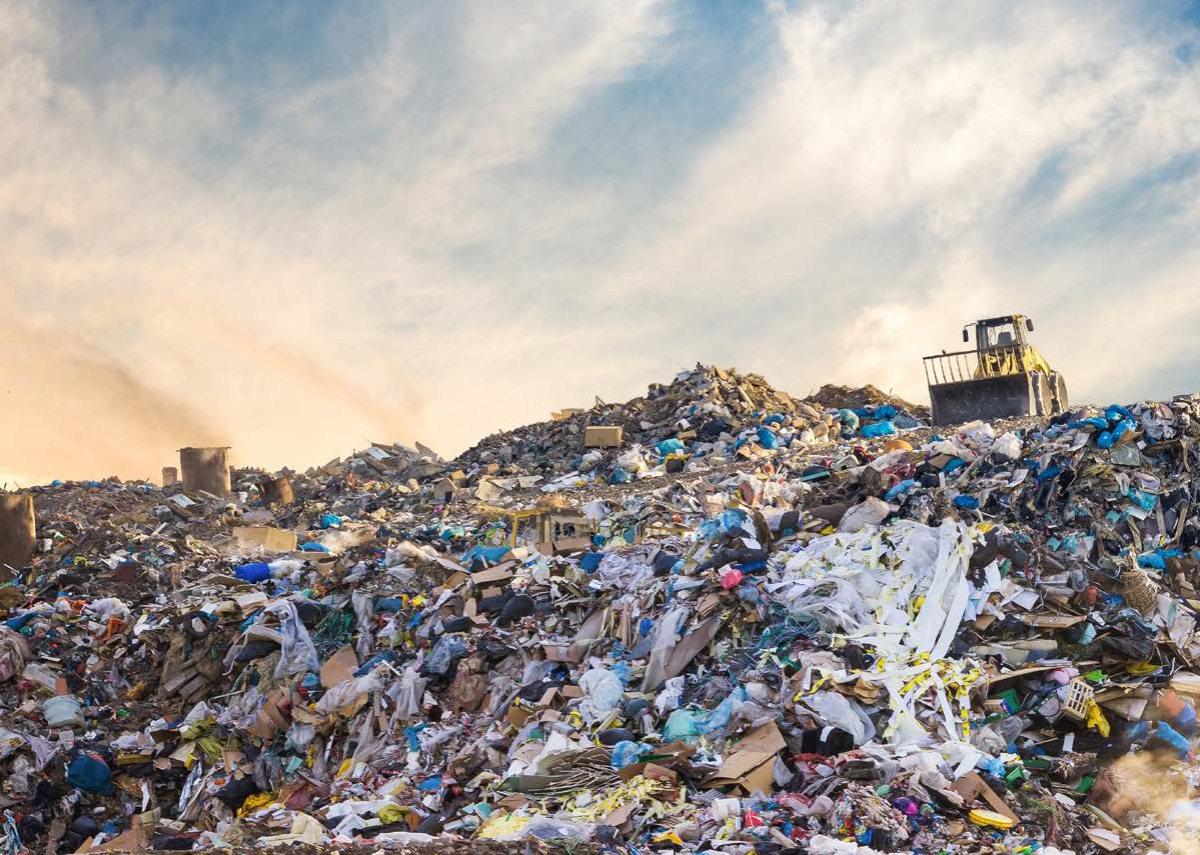RETAIL SUPPLY CHAIN ENVIRONMENTAL & SOCIAL IMPACT PINCH POINTS
It’s easy to point the finger at a retailer’s apparent lack of ambition in reducing their environmental and social footprints. Of course there are those who conduct their businesses far better or worse than most, but we are kidding ourselves if we think the challenge of cleaning up the retail industry is an easy one. As consumers, it is our ongoing and insatiable appetite for cheap, replaceable goods that is largely to blame. As landlords, perhaps we need to cut tenants some slack when it comes to improving shop units, or resisting committing to Green Leases1, because their focus may be elsewhere in their supply chain. More often than not the largest brands are shifting focus to decarbonisation, but momentum needs to increase and the scale of the challenge can feel overwhelming.
While for real estate our concern is primarily the buildings we lease, as an industry that profits from retail we are part of the problem and it is our responsibility to support retailers in reducing their impact at every step of a product’s life.
The UK accounts for around 435million tCO2e2 per annum within its borders, but as a net importer this misses the bigger picture. When we account for the emissions associated with the things we buy that are made elsewhere, the emissions almost double to 840million tCO2e. This includes imports, flights and shipping, some of which are unrelated to retail, but provides an indication of just how much our shopping behaviour is impacting on global emissions even before the products reach our shores, let alone our stores.
So far, ESG and emission assessments have only really reached as far as the direct behaviour of those being assessed. For landlords concerned with reaching net-zero there is a strong motivation to ensure that emissions associated with how their tenants use their spaces are minimised (a landlord’s Scope 3 is their tenant’s Scope 1&2 emissions3). Similarly, a good ESG strategy is devoted to the environmental and social conduct of a landlord and not typically the conduct of the tenants they do business with, and even less likely the conduct of the people their tenants do business with.
CONNECTED FOOTPRINTS
However, this is likely to have to change. We’re already seeing retailers being held to account for malpractice ‘out of their control’ down the supply chain and they are beginning to act. For landlords too, there are likely to be negative consequences should they be seen to lease shops to businesses that fail to comply with ESG principals somewhere within the value chain. Landlords and retailers will in effect be guilty by association, which will damage reputation, customer loyalty and share price.
Both Scope 3 and ESG related to the occupiers and their supply chains should therefore be on the radar of the retail landlord. This means being socially and environmentally responsible from product source to delivery to end-of-life to recycle. However, the reality in solving this is somewhat of a rabbit warren. A retailer’s Scope 3 often accounts for over 95% of their total emissions (80% for hospitality), and what about the Scope 3 of their suppliers, or their suppliers’ suppliers? Mobile phone chips have been found to use rare minerals extracted from mines in developing countries by children under dire working conditions4. These are then shipped to Asia and merged with hundreds of other parts sourced from global origins, before being packaged and traveling back across the world to be sold in Europe. Countless touchpoints and miles that all need to be tracked, ethically sourced and monitored for energy usage. The E and S in ESG are closely connected.
GETTING TO GRIPS WITH A PRODUCT’S LIFE STORY
As we become more wedded to Circular Economy principals we have to completely rethink a product’s life cycle and the environmental consequences at each stage in the journey. Based on Defras figures for the UK’s carbon footprint, the total lifecyle footprint of goods sold annually in the UK is 215 million tCO2e (around 50% from grocery); BRC estimate that 75% of emissions are in production and use and some retailers already include the lifetime energy used by the customers on their products within their total emissions estimates. ESG and legislation is starting to hold retailers to account for different aspects and it won’t be long before landlords are held to account too and will
need to pile on their own pressure, support through their own infrastructure, or review who they are willing to lease space to.
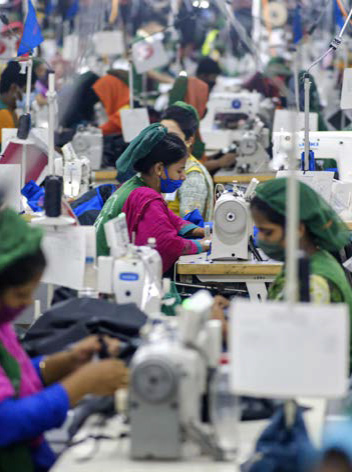
While many of the supply chain issues appear out of direct control of retail landlords, encouraging good practice and backing occupiers with the best initiatives or dealing more cautiously with those with the poorest credentials will help build credibility and loyalty from consumers and investors, while encouraging retailers to get their houses in order if they are to occupy the space they want. Improving both retailers’ and landlords’ Scope 3 emissions and ESG credentials of the supply chain are in effect the key to greening the retail industry.
ETHICAL SOURCING & PRODUCTION
Environmental and humanitarian practices that minimise loss of biodiversity, use of plastics, high chemical and water usage, wastage and utilising recycled materials.
Cash crops and meat production continue to devastate primary rainforest, the fashion industry is the world’s second largest
water polluter and pesticides have desecrated insect and fish
populations, causing cancer and Alzheimer’s in humans5.
The list goes on and polarisation is beginning to set apart
the most and least progressive producers and retailers
when it comes to acting and improving upon this
impact, or ignoring it. The need to improve labour
conditions is also receiving increasing attention, yet
retail supply chains often lack transparency or
are difficult to track. According to Cleanclothes.
org, no major brand can actually prove all workers in their
supply chain earn a living wage, demonstrating either a lack of
knowledge or influence in the conduct of third party suppliers.
However, in 2021 Boohoo had £1bn wiped from its share value
in two days in the wake of allegations of employee exploitation
from factories in Leicester, showing how negative press can have
significant consequences and that ignorance is no excuse for apathy.
ENERGY USAGE OF SUPPLIERS & MANUFACTURERS
Ensuring green tariffs or own generation.
China produces 65% of the world’s clothes and accounts for almost a quarter of global emissions. However, the country produces 20% fewer emissions per capita than the UK and much of these are accounted for when producing products
destined for Europe. So, given the West’s demand for cheap goods, it isn’t always as simple as portioning blame elsewhere and assuming we are unaccountable. While acknowledging that their suppliers in some countries don’t have access to green energy, IKEA have secured 100% renewable energy on all of the sites they own or manage globally. The retail property market can go a long way to improving the energy usage and generation on their own sites6, but it is equally important to encourage best practice from other businesses we deal with, up or down the supply chain, wherever this may be. In some countries this is far from straightforward because the infrastructure isn’t there, or there may be other unforeseen consequences with renewable generation. Hydroelectric, often seen as one of the cleanest fuels, is not without controversy in places like China and Brazil where biodiversity has been lost to make way for dams.
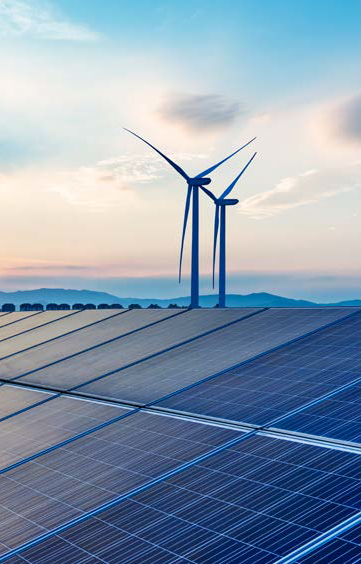
SHIPPING VERSUS AIR FREIGHT
Minimising unnecessary journeys through a more strategically located supply chain.
While the shipping industry accounts for 4% of global emissions, the sheer volume of goods transported together means that the carbon cost is actually pretty small at the product level, particularly when compared to air freight or road travel. It is less environmentally damaging to ship beer from Australia to the UK than drive it from Spain, provided it is manufactured close to the coast. Tomatoes grown in Scotland in winter are far more carbon intensive than tomatoes grown in Spain in the same months. So, it isn’t always as simple as going local. That said, the volume of goods transported around the planet means there is a gargantuan footprint to address. The world’s biggest shipping company Maersk is investing £1bn in ‘carbon neutral’ container ships, but decarbonising the entire shipping industry could cost upwards of £1.5trn of investment in cleaner fuels as well as the production of new ship designs. While reinventing the shipping industry will come at a cost to consumers, due to the volume of shipped goods, estimates indicate the result would be less than 1% added on to the cost of the price of transported goods7.

STORAGE AND REFRIGERATION
Moving to lower impact refrigerants, better maintenance
of equipment and utilising renewable energy.
Storage and refrigeration contribute to climate change from the electricity used to run them and the refrigerants used to cool them. In theory powering them with 100% renewable energy or placing doors on chillers solves a big part of the problem. However, over 3bn refrigeration and air conditioning units contain HFCs, a greenhouse gas up to 9,000 more potent than CO2, which will be an issue at disposal unless adequately dismantled; this has been highlighted as the no1 initiative globally that would make a positive impact on global warming8. HFCs are being phased out (albeit with an unambitious global target set at an 80% reduction by 2047), but while the current available technology to replace them is less impactful it isn’t entirely clean either and replacing technology that still works can itself be a mistake. However, safe disposal isn’t the only consideration here because a quarter of the operational emissions from cold storage actually come from leaking refrigerants. One relatively simple way to reduce operational carbon
is therefore to undertake regular maintenance and repair of equipment.
Over 99% of the UKs cold storage is devoted to serving the retail and
hospitality sectors. Such is the increased demand nationally that 17 million sqft of cold storage warehouses are under construction in 2022, with 75% to be occupied by retailers themselves and the
remaining occupied by 3PLs or producers9. Grocery chain Iceland estimate their annual refrigerant emissions at 15,400 tCO2e, for which they are devoting significant resources to resolving. If we consider that the brand only accounts for 2% of the UK’s supermarkets we get some perspective of the challenge the industry faces in resolving this specific issue.



